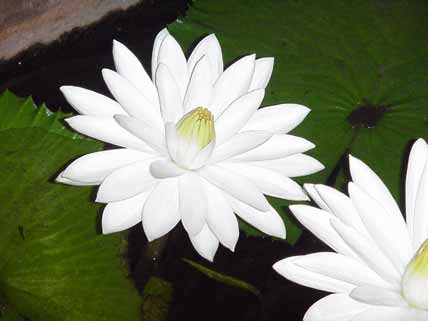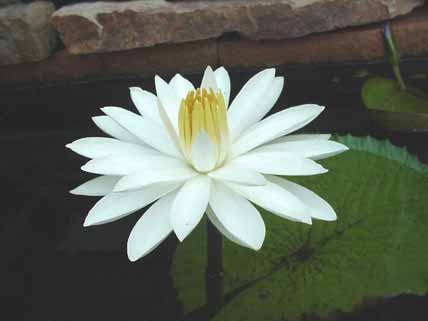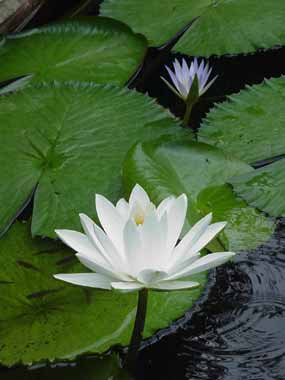|
Ancient
Egypt by Sjef Willockx |
||
|
The information about the three types of lotus in the
following sections is mostly drawn from two specialized sources: © Clair Ossian The white lotus is not as frequently depicted on Egyptian reliefs as the blue one. It does however occur regularly in scenes of ponds, and of offerings. © Clair Ossian While the blue lotus was deeply associated with the symbolic and the religious, the white lotus was mostly regarded as “just” a beautiful garden flower.
© Clair Ossian
One would perhaps not suspect it, but the roots,
leaves and seeds of most lotus species can be eaten: raw,
baked or boiled. Herodotus describes this in detail. Back to start Previous Next Thumbnails
|
|
|
|
|
All materials on this site are protected by copyright. All copyright by Sjef Willockx, unless otherwise indicated. |


